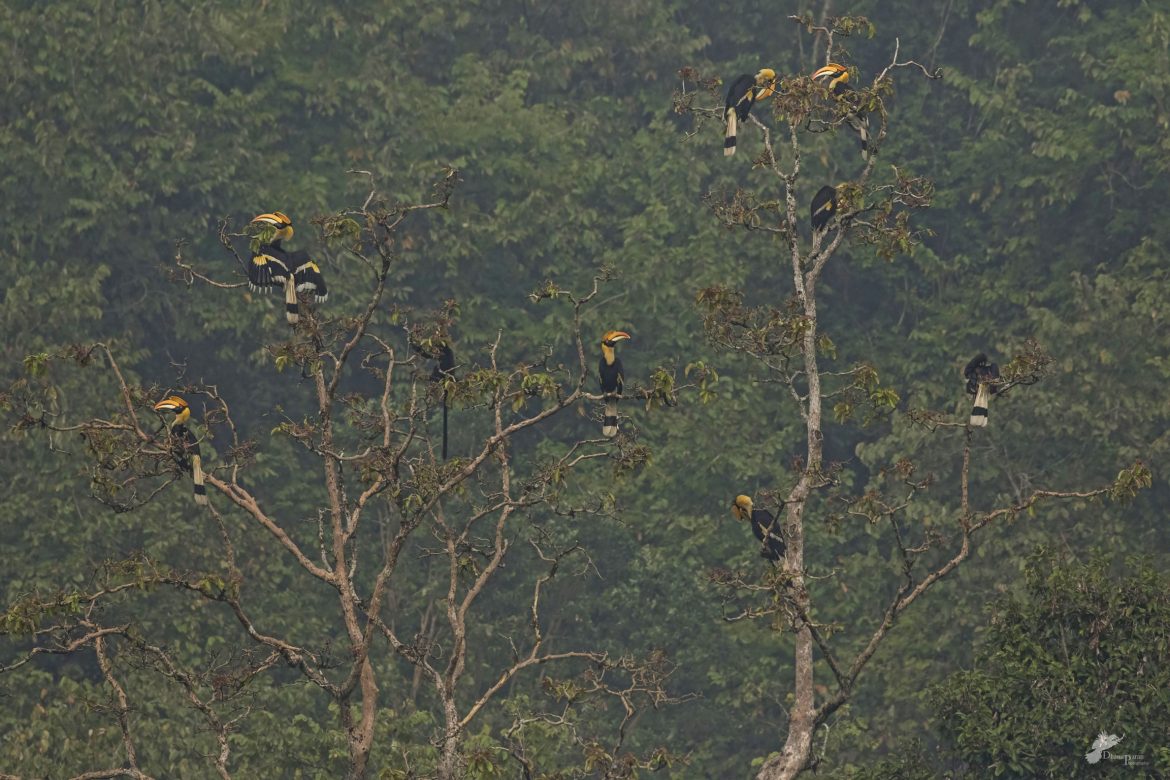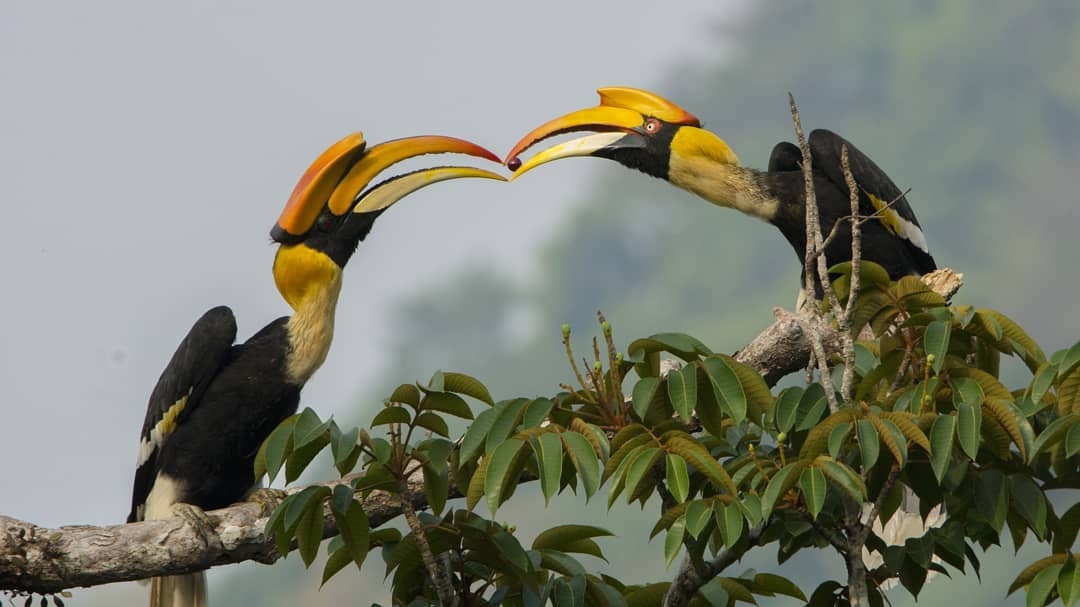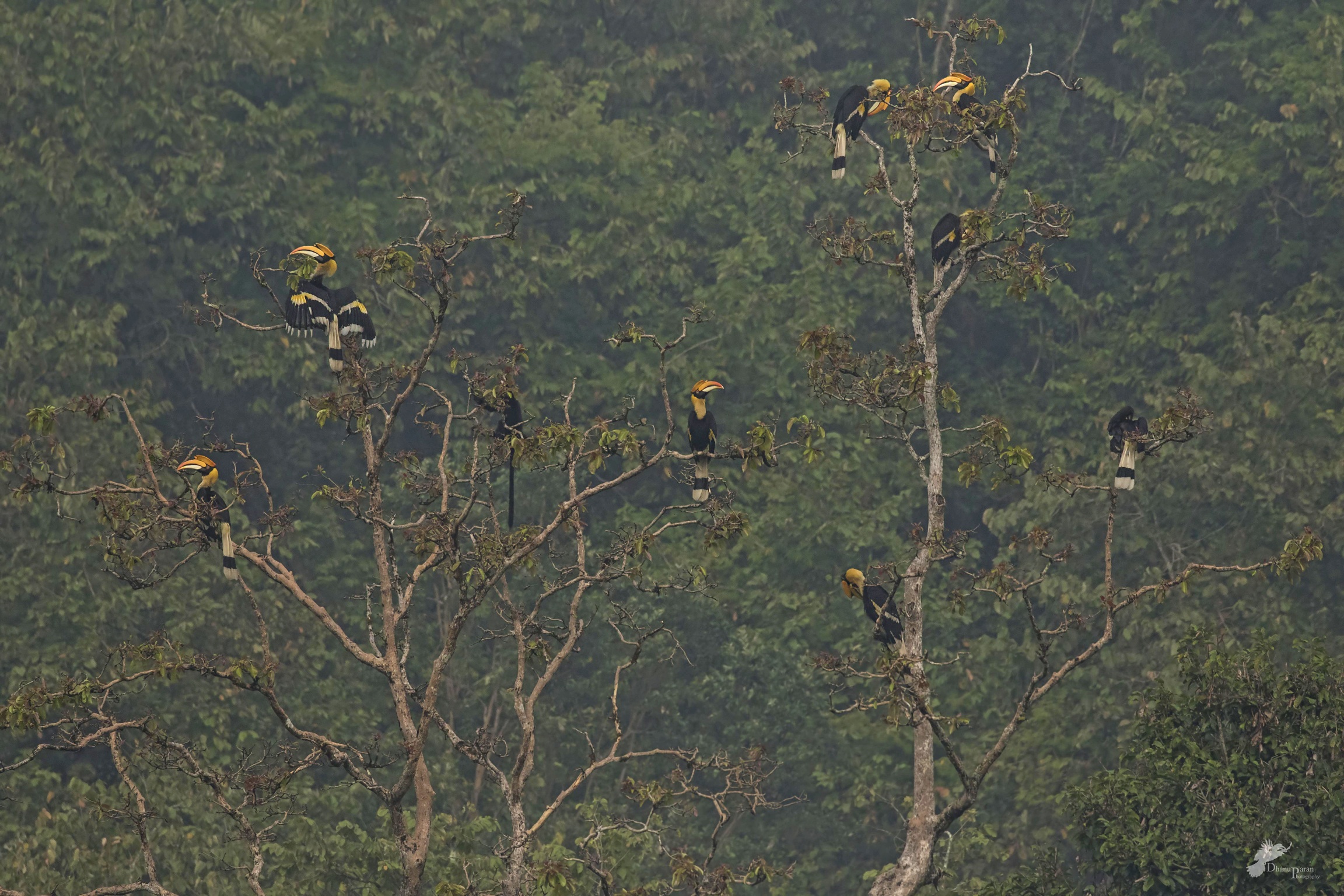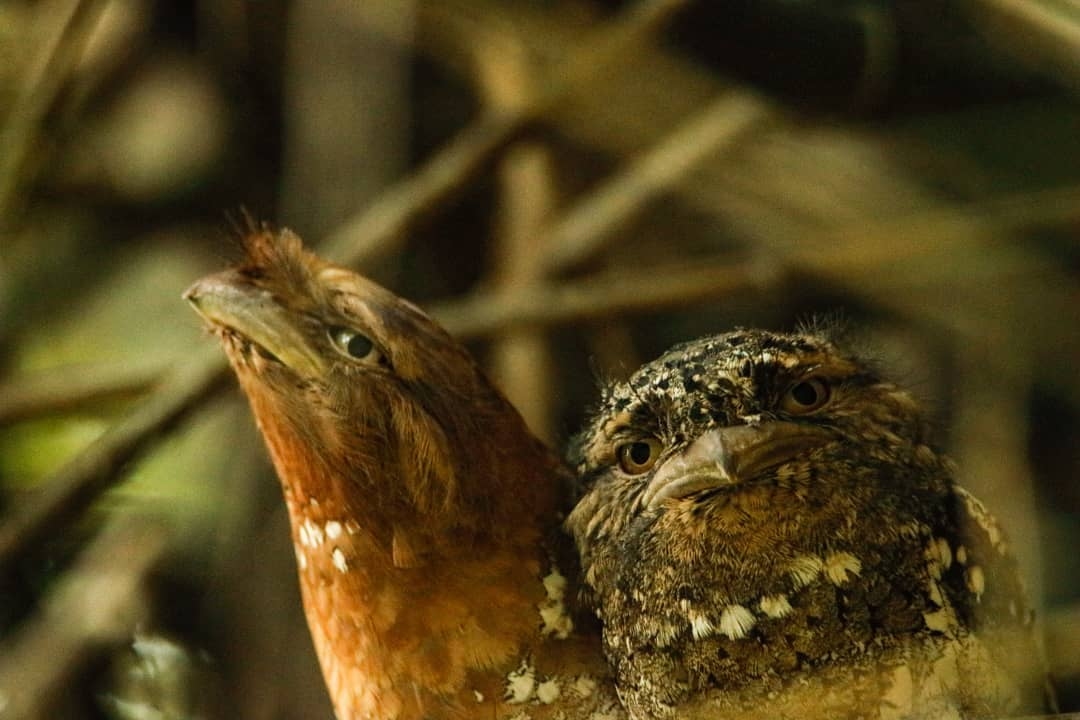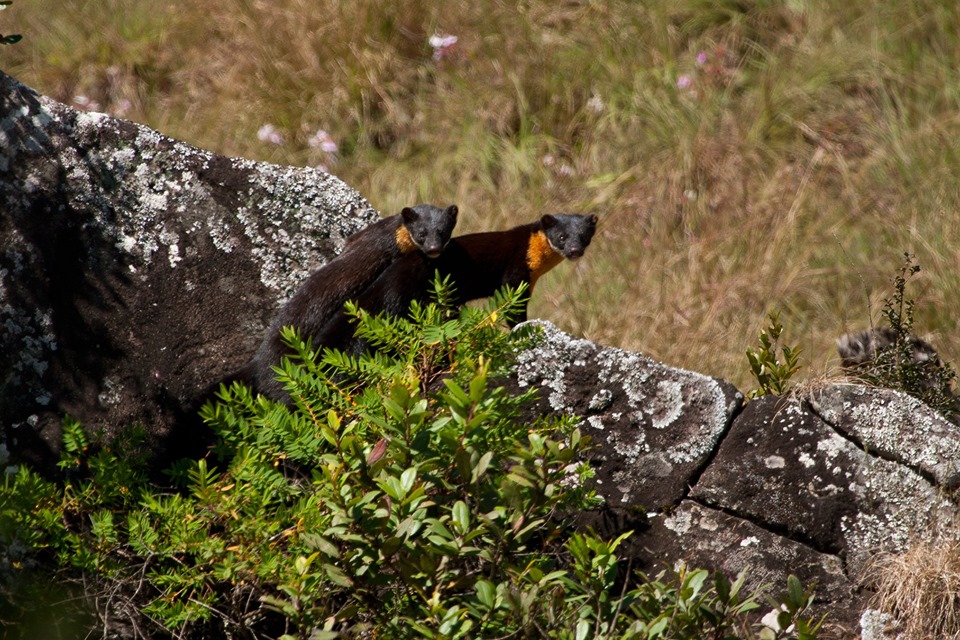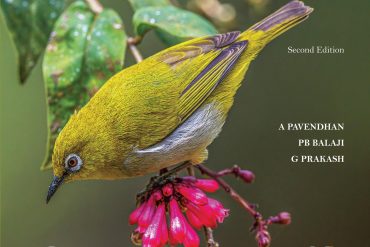Walking in the forest brings many surprises – the harmony, and discordance in the wilderness are really fascinating to observe and behold. During my surveys in the Anamalai Hills, I got ample opportunities to witness interesting interactions among various wildlife that abound in its rich habitats. The majority of the time, they would remind me of the classic textbook concept of the “food web” where a species preys on others to meet its nutritional requirements. All life forms are part of this web, where a species feeds on another in a chain-like manner.
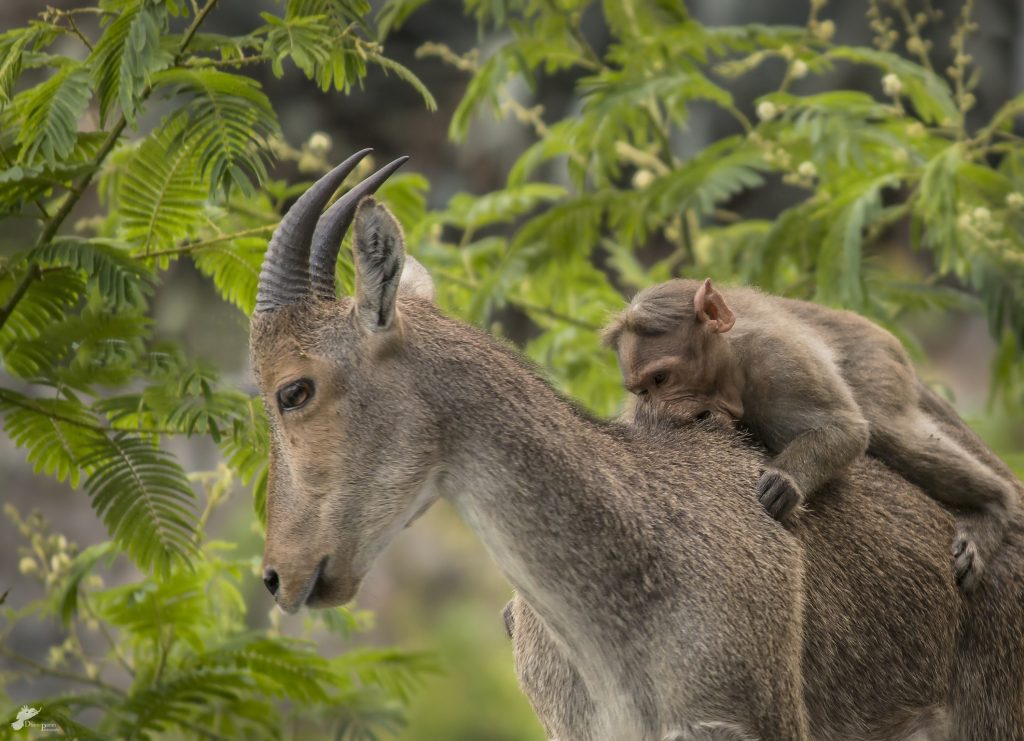
In terrestrial ecosystems, the hierarchies are well studied. What surprised me more were other kinds of associations between various species that coexist in the forest. It is interesting to understand how species rely on others for reasons apart from food. In this article, I attempt to elucidate a few such interactions among species – ranging from mutualistic to competitive in nature.
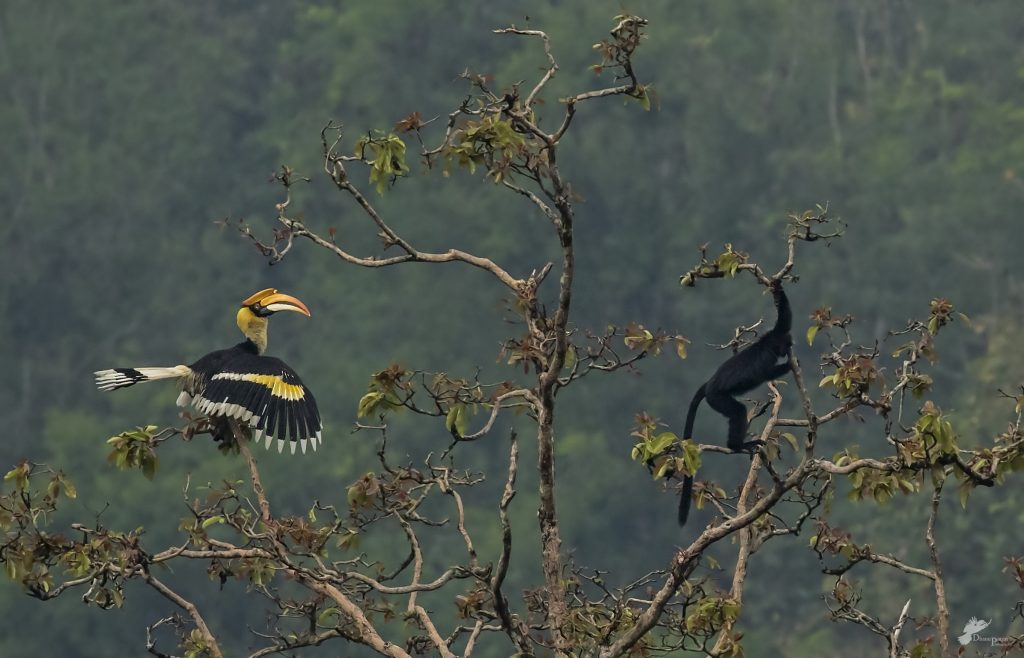
In pursuit of science, ecologists uncover various aspects of animal behavior, species interactions, and understanding, of how communities function in a given space and time. Among the inherent diversity of associations between suites of species, there are a lot of surprises out there when in the wild. Species are thought to communicate for safety, to share food, information, and sometimes even to have fun. The mutual benefits might be unequal at times. These interactions span between and across trophic levels.
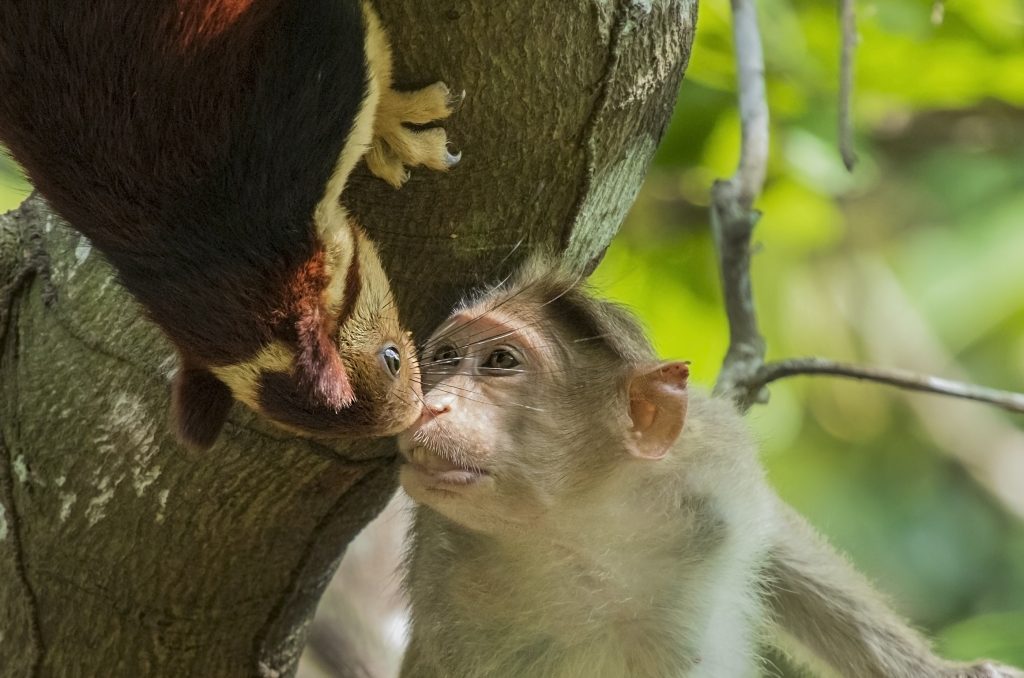
In spite of competition for resources, species cooperate with each other in many ways. Birds of different food requirements (dietary guilds) flock together and forage. Popularly such mixed species are called hunting parties. A typical hunting party in the Western Ghats would comprise mob attractors (for example Dark-fronted Babblers, Brown-cheeked Fulvetta, Indian White-eyes), sentinels (for example drongos- who detect and alert other species about the presence of predators), and enforcers (example Racket-tailed Drongo, White-bellied Treepie- who actively guard the resources). Then, there are birds that vary in their foraging habits flocking together to make the best use of available resources. For example- Bee-eaters catch insects in flight, woodpeckers probe their beaks to find insects under the bark and inside holes, warblers glean or look for insects under the leaves or on the branches, sunbirds feed on floral nectar, etc.
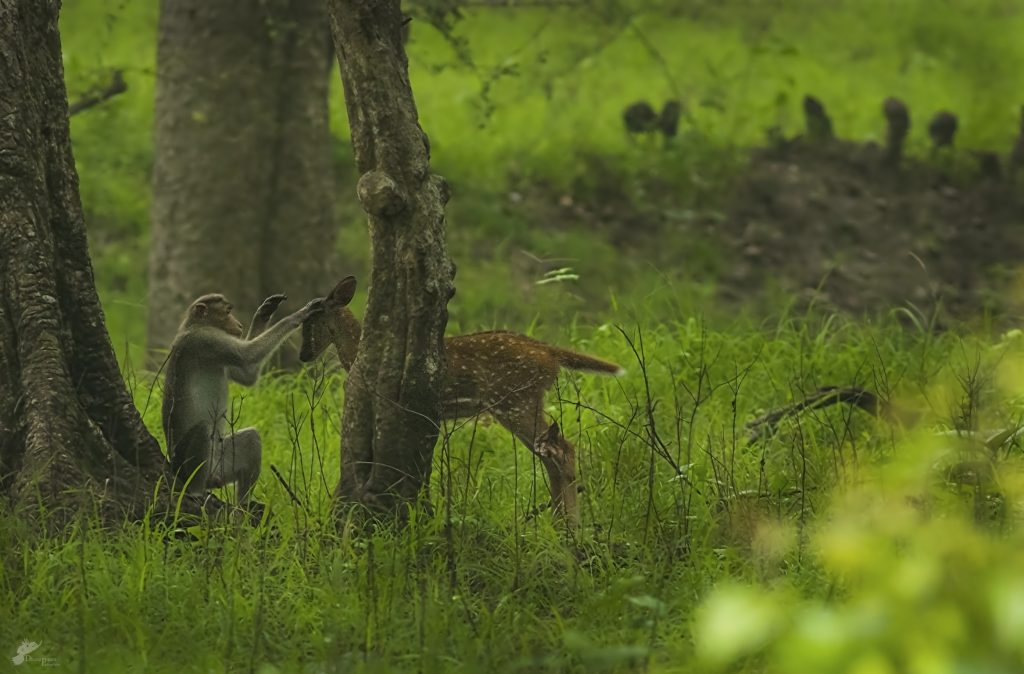
Langurs and chital help each other locate fruit resources and provide vigilance from predators. There are some occasions when instead of helping the co-occurring species, they steal resources from each other. Dholes are kleptoparasites as they steal prey from other predators. Using their strength of being in large packs they chase away predators like leopards and tigers to claim the carcass. Sometimes leopards scavenge on the kills made by tigers too.
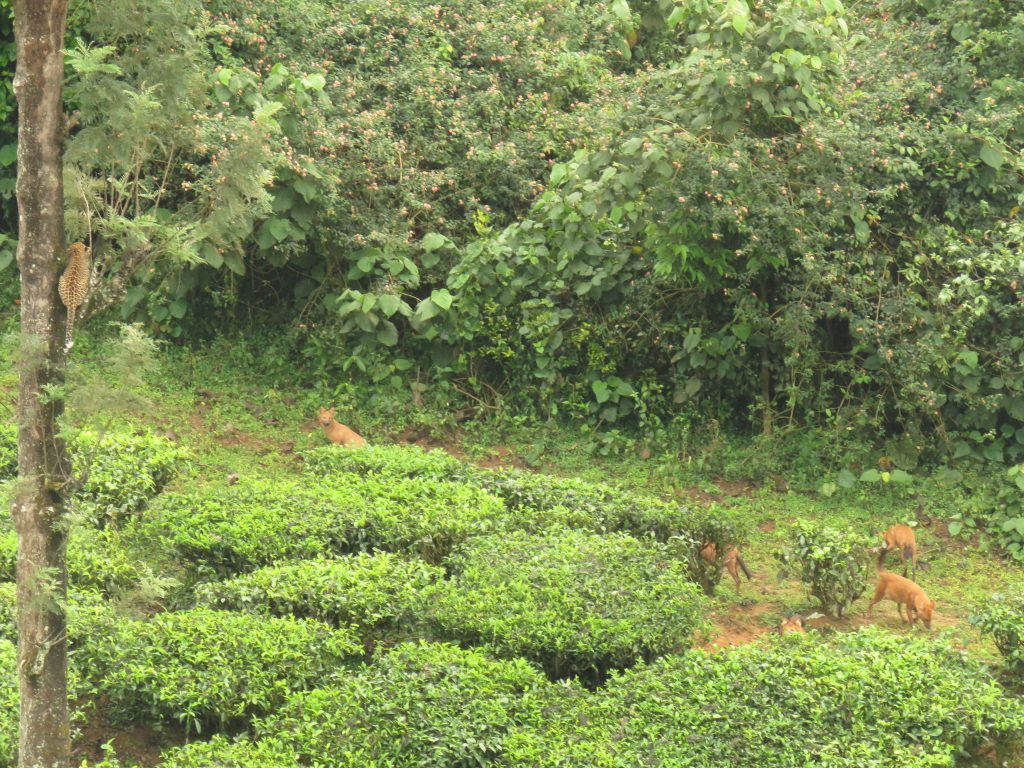
I was amazed to see one incident where the leopard was chased away by a pack of dholes from the carcass of an Indian Gaur (probably killed by a tiger). The leopard climbed up a Silver Oak tree as the pack guarded the kill. Kleptoparasitism is commonly seen in birds too. Crows, treepies, and harriers steal food or prey from other birds and fly away. This strategy is used to save the energy to hunt down the prey. While we are well aware of the cheating that cuckoos do by laying their eggs in other birds’ nests, species benefit by providing some services to other species. We commonly see egrets or mynas on the backs of Indian Gaur or even cattle as they are feeding on the grass. The egrets and mynas peck on the ticks and flies from the animal’s back and feed on them. As the cattle or gaur forage, they flush out many insects from the grass which are again caught by these birds.
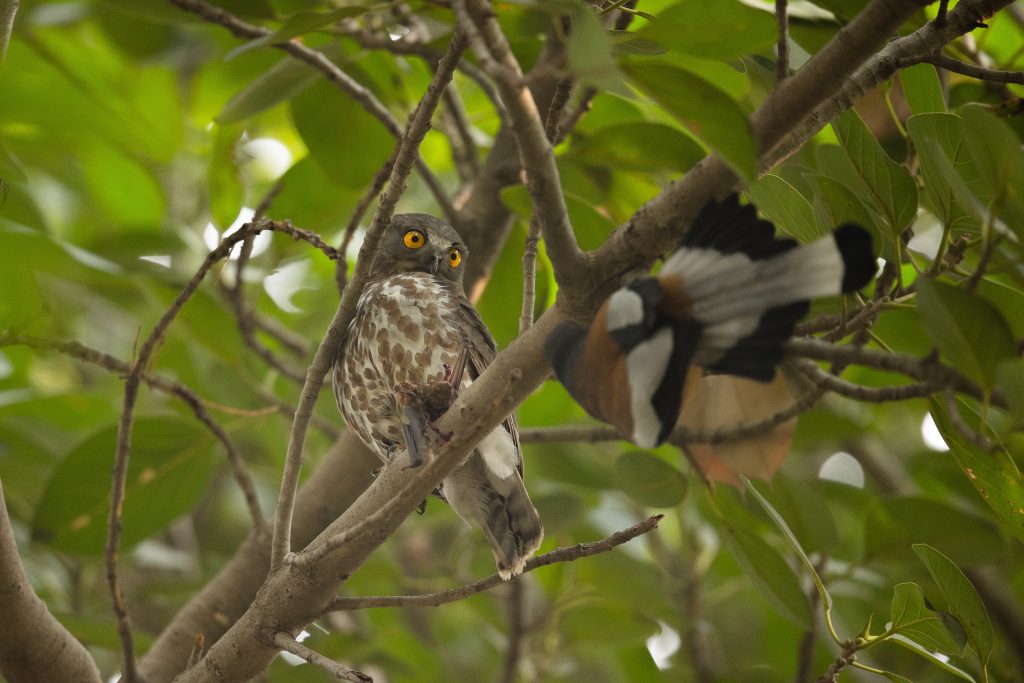
Sometimes some species like disturbing other species for no apparent reason. Diurnal birds like treepies and crow chase resting birds such as owls and owlets. Sometimes they like mobbing Shikras too. It is difficult to know why they would do so.
Interactions between Lion-tailed Macaques (LTMs) and Malabar Giant Squirrels for the jackfruits were my favorite. It would appear like quarreling kids. This extremely fascinating interaction was captured on camera by Varun Alagar, a wildlife filmmaker from Coimbatore. This video where the macaques seem to be slapping the giant squirrels aired on the series ‘Primates’ produced by BBC Earth, instantly grabbed the curiosity and attention of the audience worldwide on television as well as social media.
The LTMs are also observed exhibiting aggression towards the members of their own troop during the fruiting season as they indulge in the savage feast. Closely observing such incidents will help in understanding better the interaction among species and the interesting behavioral traits they exhibit when they come together. Scholars like Ashni Dhawale are attempting to understand behavioral shifts in Lion-tailed Macaques due to anthropogenic drivers as well.
Recently, I watched the most surprising interaction recorded from these forests of Anamalais that blew my mind. Kirubha Bose, a nature enthusiast from Valparai, recorded a troop of LTMs, inspecting a Brown-Fish Owl that apparently fell down to the forest floor from the tree. While the macaques initially appeared playful/friendly, the aggression/act of defense put up by the Owl suggests otherwise. The way it spreads its wings and the sound produced like the click of the tongue is something I have never observed among the Owl species at large.
Here in the wild, unintended interactions arise too. It was heartbreaking to see the egg of a Little-ringed Plover being trampled by a sheep from a herd that was passing by where the Plover had laid the eggs.
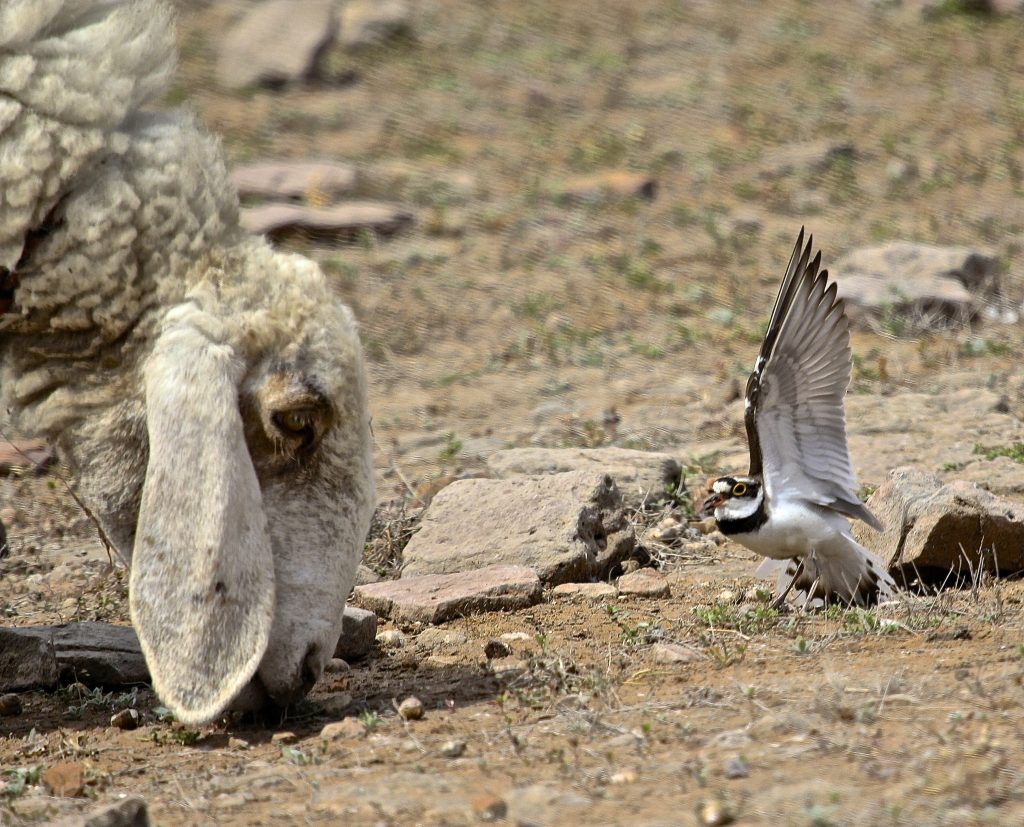
With help of behavioral ecologists, many conservation actions can be undertaken to safeguard animals and humans too. The well-celebrated example of the “elephant early warning systems” in Valparai by the Nature Conservation Foundation has been based on a fundamental understanding of interactions between elephants as a herd and as individuals. Nature gives us numerous reasons to spend more and more time observing such rare events and documentation helps in unraveling the mysteries further.
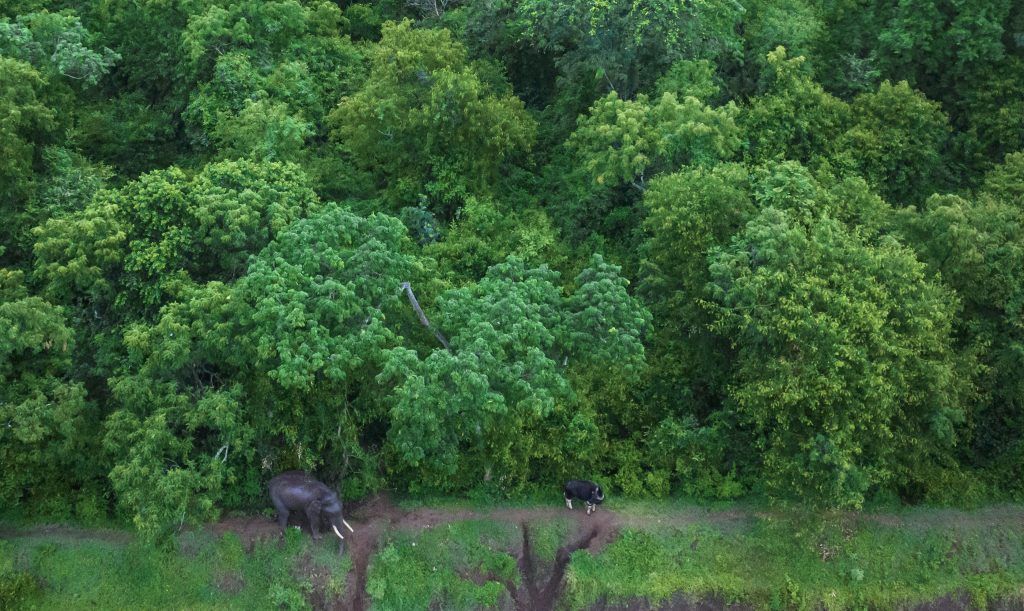
It keeps you fascinated and as the famous phrase goes, “the forest is full of surprises”. It’s the hope of discovering and unraveling the unknown that keeps me excited and motivated to walk among them because there’s always something new to see and unique to observe.

